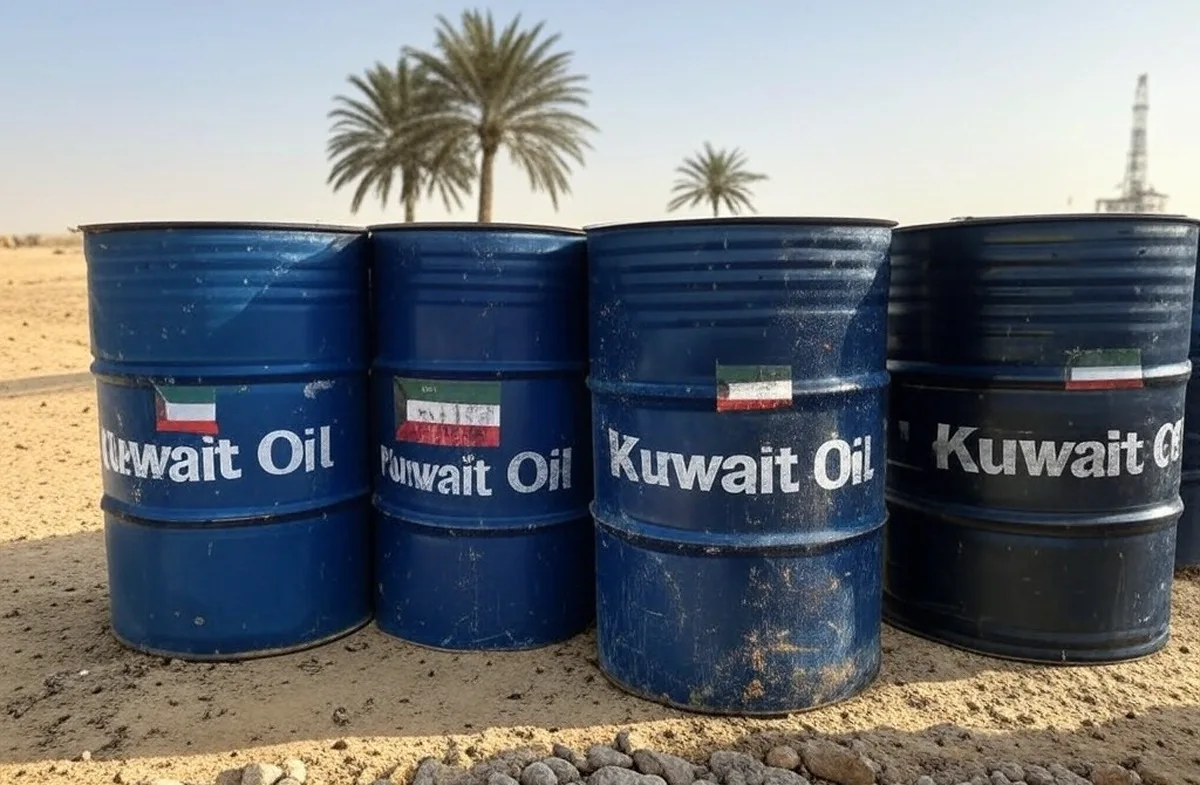25/10/2025
25/10/2025

Oil markets were experiencing significant price fluctuations these days following recent actions by the U.S. administration to boycott the import and purchase of Russian oil. The U.S. has warned China and India to stop buying Russian oil or face consequences for continuing their dealings with Russia. China and India are among the world’s largest oil consumers, with China importing around 17 million barrels per day, second only to the U.S. at 22 million barrels per day, while India ranks third with 5.7 million barrels per day.

The search for new suppliers presents logistical challenges, and the most concerning issue is meeting the large volume previously supplied by Russia. In the coming days, it will become clear how this supply gap can be addressed. No single oil-producing country can replace Russia’s lost output alone. A combined effort from OPEC+ members will be required, provided they have an adequate surplus.
Saudi Arabia and the UAE could contribute some volume, but likely no more than 2 million barrels per day, or possibly less. Given today’s tight market conditions, oil prices are expected to rise above $70 per barrel, up from around $62 per barrel last week. The current oil situation is complex, as the U.S. administration has also decided to fill its strategic reserves at this time of year, while simultaneously calling for a boycott of Russian oil.
The timing seems unusual, or perhaps the U.S. expected oil prices to remain low, in the low $60s range. However, prices are now rising above $66 per barrel. The U.S. decision appears to be contributing to higher prices. Filling the strategic reserve during the peak winter demand period, while pushing China and India to avoid Russian oil, is likely to put additional upward pressure on the market. The current U.S. administration, which calls on oil producers to “reduce oil prices,” is the one creating confusion in the market. Its push for a boycott of Russian oil has tightened supply, while its decision to refill the strategic reserve is driving prices above $62 per barrel. This recent firming of oil prices is not the result of actions of OPEC+ but stems directly from the U.S. administration’s oil policy.


